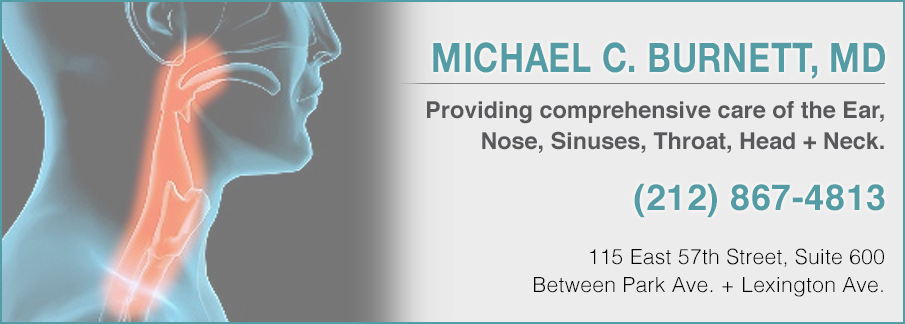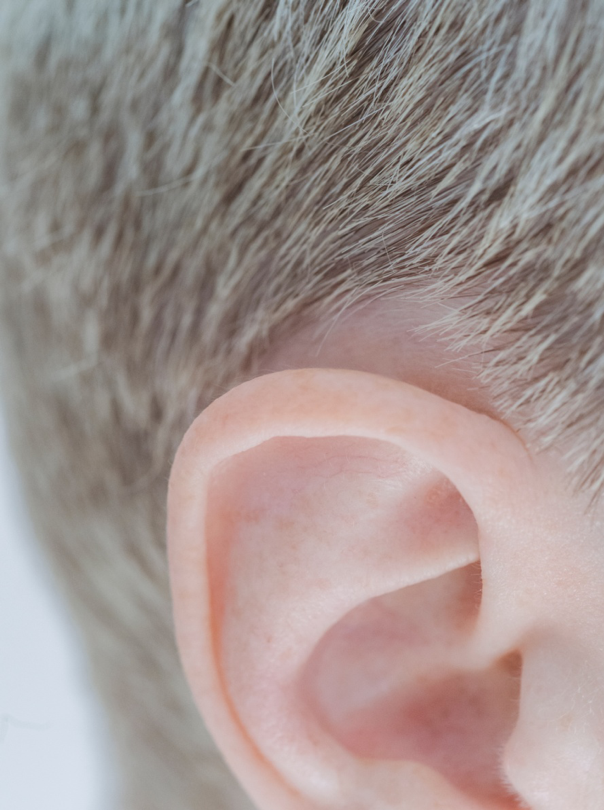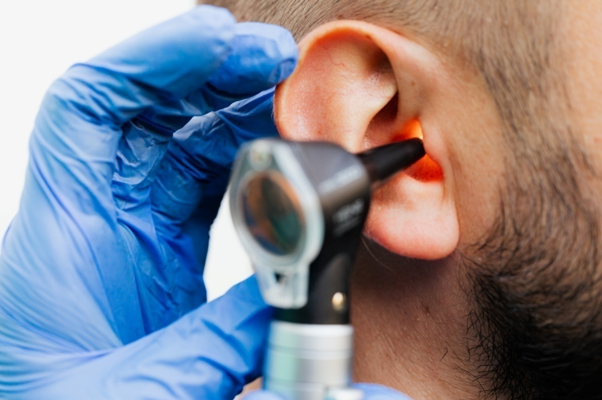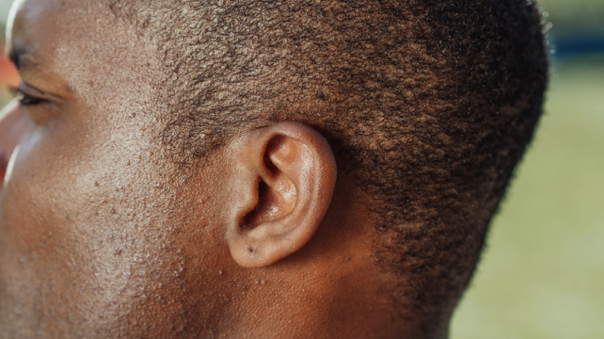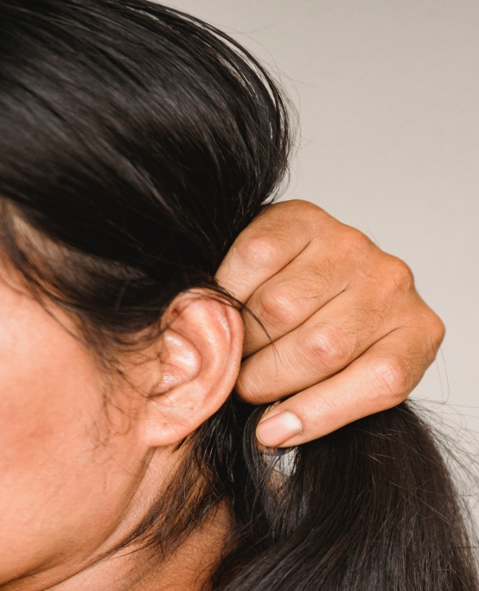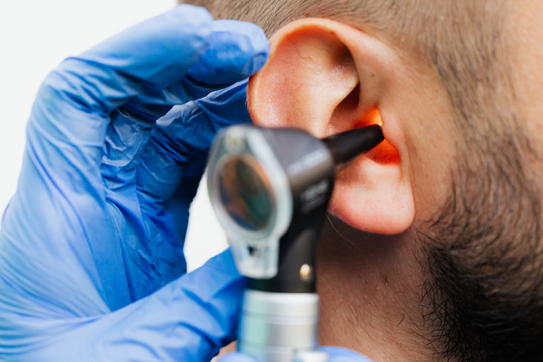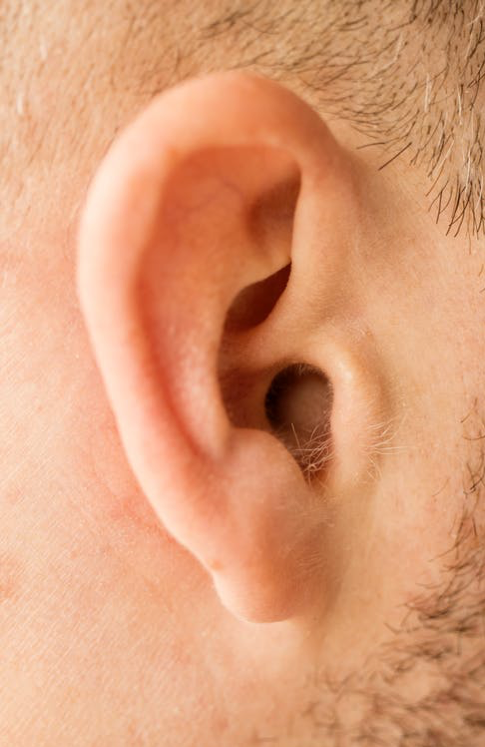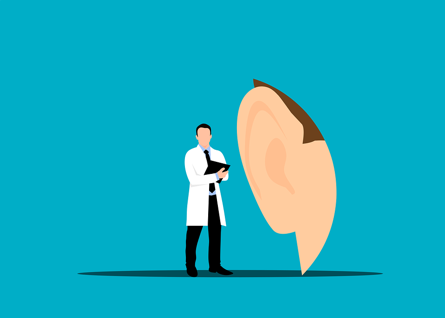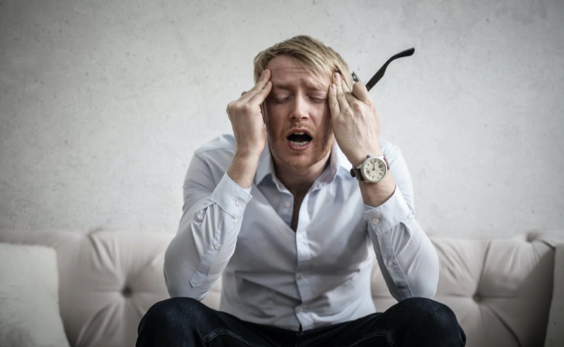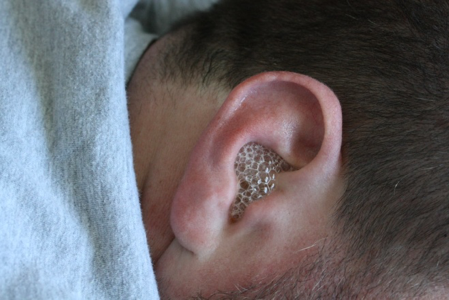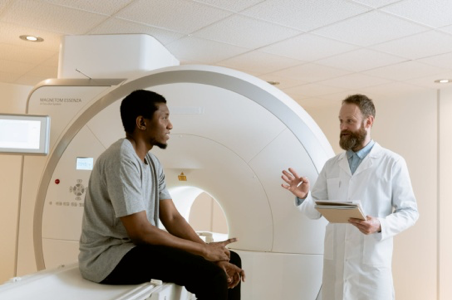What are the most common ear conditions that an ENT doctor treats? ENT doctors are from the otolaryngology brand of medical science. They provide diagnosis and treatment services for ear, nose, and throat problems and conditions. Moreover, they treat neck and head tumors.
Some of the acute and chronic conditions they treat include obstructive sleep apnea, snoring, infections (ear, nose, and throat), nasal congestion, stuffy noses, facial reconstructive surgeries, etc. It is a medical specialty that has over eight more sub-specialties. However, in this article, we will look at some of the common ear problems that require the attention of an ENT specialist for treatment and recovery.
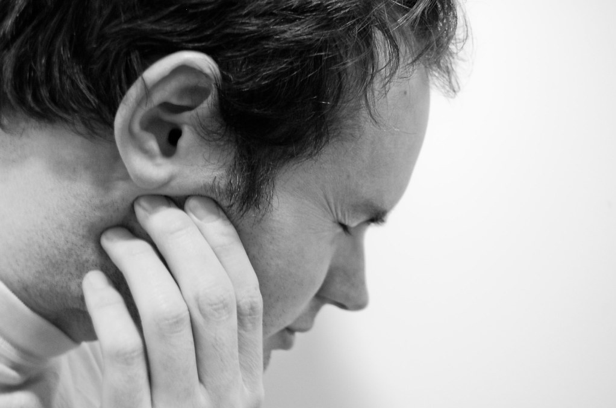
(Source)
Typical Ear Conditions Requiring ENT Treatment
Swimmer’s Ear
Swimmer’s ear is a common ear infection condition that occurs due to bacteria build up in the ear. Bacteria can accumulate due to the excessive buildup of water in the outer ear for many reasons such as swimming, bathing, etc. Once the skin of the outer ear suffers damage, it can lead to inflammation and further bacteria accumulation.
Ear wax (cerumen) is a natural defense of the ears against infections and bacteria. However, scratching, excessive exposure to moisture can deplete cerumen, leading to infection in the ear.
Vertigo
As the name suggests, vertigo is a medical condition that involves experiencing sensations of dizziness, fainting, weakness, unsteadiness, and wooziness. This can affect your sense of balance, and it may seem like everything around you is spinning –hence, the name “Vertigo.” It is a common problem for old and aging people. It is rarely a sign or symptom of any severe or life-threatening health condition. Nevertheless, it can deteriorate the lifestyle of the affected person.
Hearing Impairment or Loss
Deafness is also an aging factor, but it can also be a birth deformity in some people. It is the inability to hear sounds either partially or completely. The main symptoms of hearing impairment or loss include the inability to perceive or comprehend speech.
Deafening is generally a sign of aging but can sometimes occur due to injuries, damage to the inner ear, diseases, and other similar factors. Regardless, it is best to seek the help of a professional ENT doctor to assess the severity of the condition.
Cholesteatoma
It refers to the growth of abnormal skin cells in the middle of the ear. It most prominently occurs behind the eardrum and can often be a congenital disability in people. However, it is a repetitive cause of ear infections because abnormal skin cells deteriorate the internal condition of the ear.
Cholesteatoma can form sacs or cysts that shed old skin layers. The buildup of dead skin cells can affect the delicate bone structure of the middle ear.
Treatment for Common Ear Conditions with an ENT Doctor
Treatment for Swimmer’s Ear
As the main cause of the swimmer’s ear is the accumulation of excess water near the outer ear leading to bacteria buildup, your ENT surgeon might clear the debris in your ear first. They will use an ear curette or suction to remove the earwax.
Following that, they may use antibiotic ear drops to fight bacterial infections. Sometimes, an ENT surgeon may have to insert a tube to ensure that the drops travel to the middle ear.
Treatment for Vertigo
There may be multiple treatment options for vertigo (dizziness). As it primarily affects the sense of balance, your ENT doctor might administer an inner ear antibiotic to let the unaffected ear take over the balance function.
Accordingly, if the case becomes severe, the ENT surgeon might perform a labyrinthectomy. In case of severe hearing loss, your ENT surgeon will disable the affected ear’s vestibular labyrinth. Thus, the unaffected ear will take over the balance function.
Treatment for Hearing Impairment/Loss
If there are serious health implications and concerns due to partial or total hearing loss, your ENT surgeon may prescribe pain and other medication. Moreover, there are many wearable hearing aids for people with partial and even severe hearing impairment. These devices eliminate background noise and help with focusing on speech.
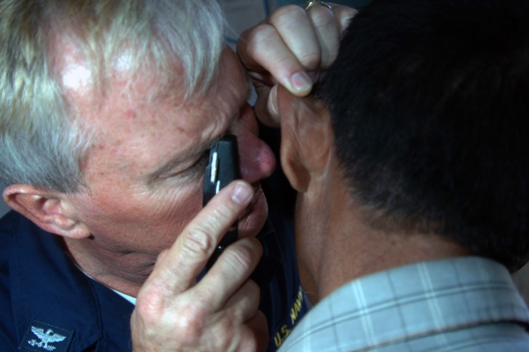
(Source)
Treatment for Cholesteatoma
Suppose the cyst in a cholesteatoma case increases in size and starts to affect the inner ear chronically. In that case, your ENT surgeon may not have any option except for performing a surgical procedure to remove it. Your surgeon will remove the large cyst or sac carefully. After that, they will perform a follow-up strategy to reconstruct any damaged parts of the inner ear. Conclusively, your ENT specialist might suggest that you make frequent appointments for regular checkups and evaluation.
Ear Conditions ENT Doctor: Conclusion
If you are struggling with ear problems and your general doctor’s treatments fail to yield effective results, you can contact Ear, Nose, & Throat of New York. Here, Dr. Michael C. Burnett, MD, provides the best ENT services for patients with otolaryngology disorders.
With years of experience, he offers individualized attention to every patient under his care. Call us today at 212-867-4813 to book an appointment with Dr. Burnett. Visit us at 115 East 57th Street Suite 600 (Between Park Ave. and Lexington Ave.) New York, NY 10022.
Reference Links:
https://www.mayoclinic.org/diseases-conditions/dizziness/diagnosis-treatment/drc-20371792
https://www.cdc.gov/ncbddd/hearingloss/types.html
https://www.medicalnewstoday.com/articles/249285
https://rarediseases.info.nih.gov/diseases/10422/cholesteatoma/cases/25312#:~:text=Cholesteatoma%20is%20an%20abnormal%20growth,painless%20discharge%20from%20the%20ear.


